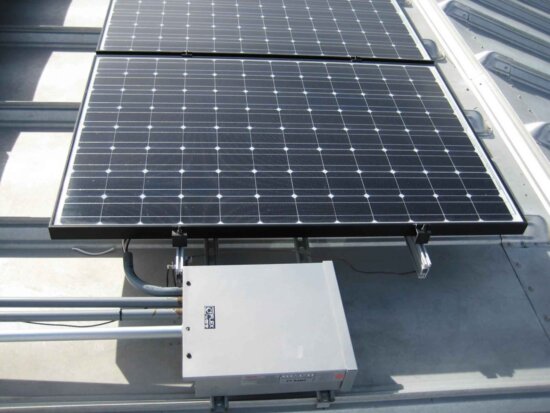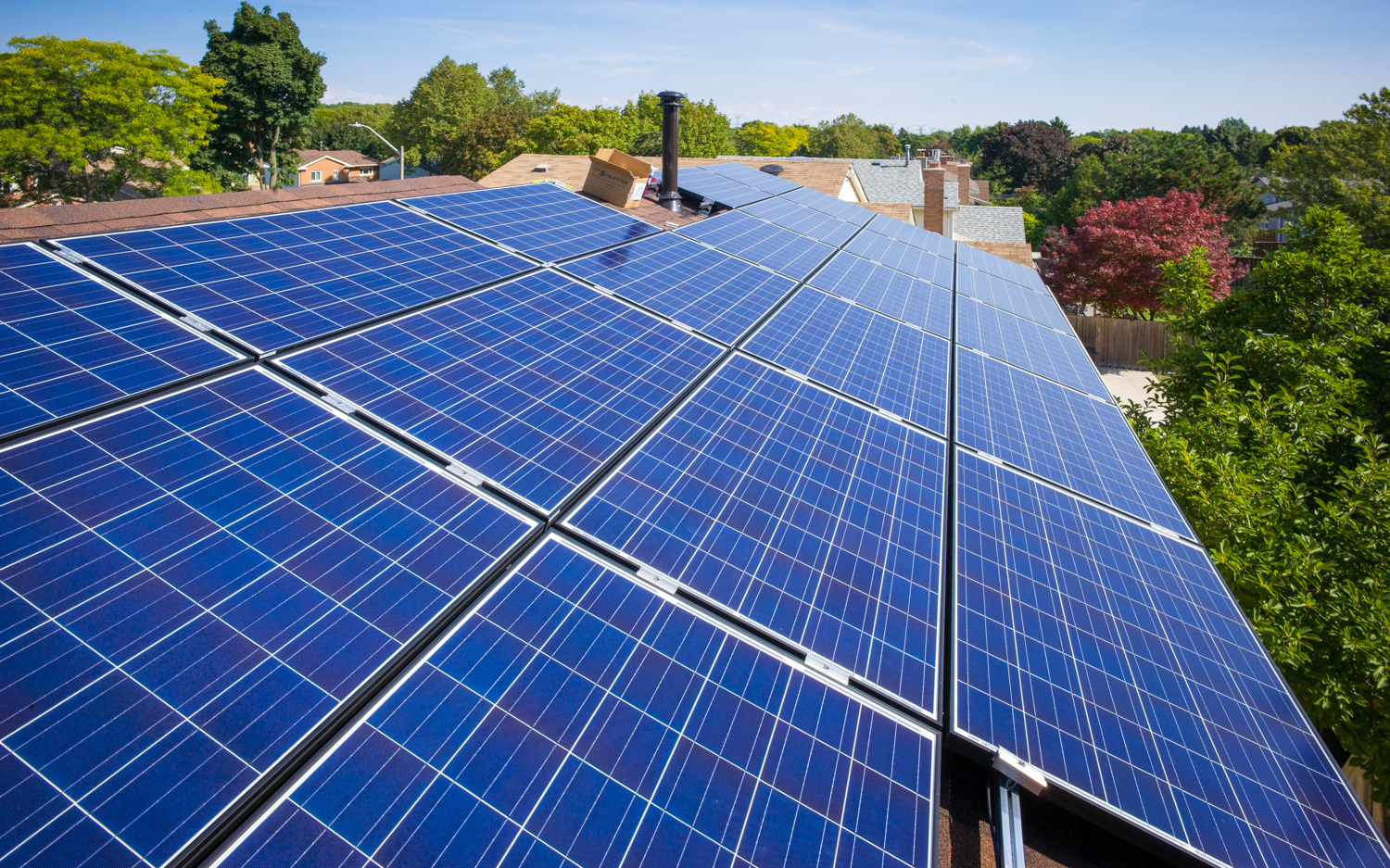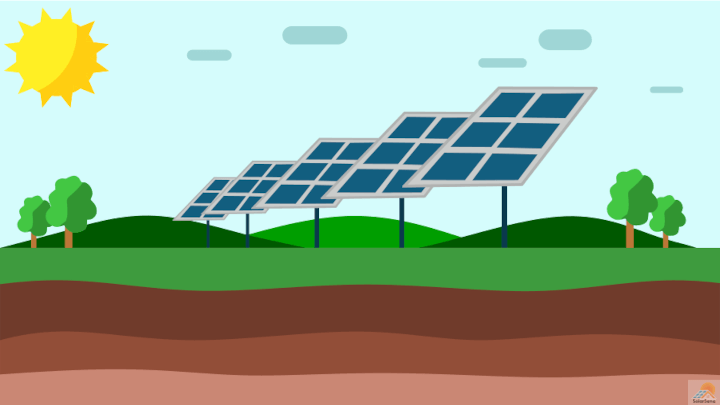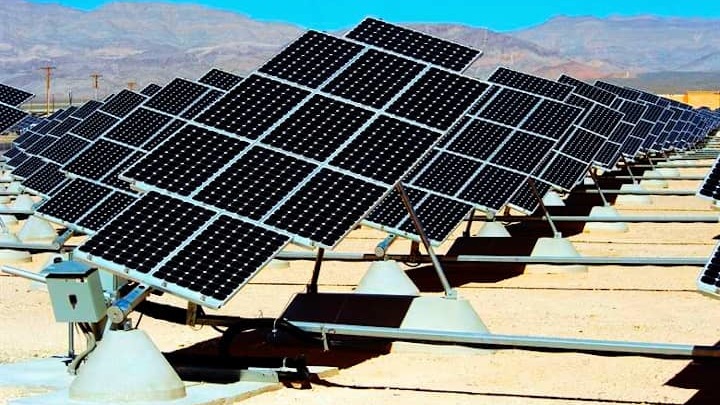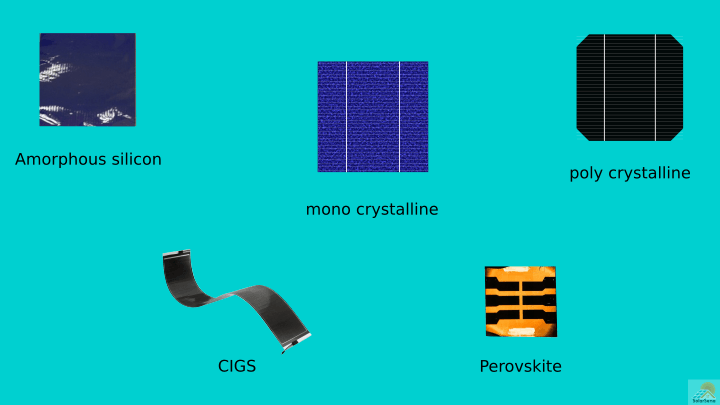In this article I will give you all the information you need to know about having solar panel fuse between a solar panel and charge controller, and whether or not it is necessary for you system. Installing a solar system for your home or business is great for the environment and will save you tons of money long-term.
However, if you do not install the system properly you will end up spending lots of money on improvements. In this article, I will go over what a solar fuse is, and where you might need to install one in your system.
What Is A Solar Panel Fuse?
A solar panel fuse is a two-terminal device used to prevent solar panel wiring from getting too hot. When a current exceeds its specified level, the fuse breaks the circuit to protect the system. However, after a fuse kicks in it is destroyed and must be replaced. Thankfully these fuses are quite inexpensive and easy to find.
Solar fuses are specially designed for solar power systems. You should choose one that best suits your voltage and ampere needs.

Where to install a solar panel fuse
The three most common places to install a solar panel fuse are:
Between the charge controller and battery
In-between the charge controller and solar panels
Between the battery bank and inverter
Installing solar panel fuses at these critical points will reduce the risk of overloading your solar panels and can prevent possible system failures.
Between the Charge Controller and Battery
If you need a solar panel fuse between your charge controller and the battery, the fuse should match the ampere rating on the charge controller. If you have a 40 amps charge controller, you should install a 40 amps fuse.
Between the Charge Controller and Solar Panels
If you need a solar panel fuse between the charge controller and your solar panels, the size of the fuse needed will depend on the number of panels you have. Make sure to talk with a solar panel professional to determine the exact number and type of fuse you might need. Additionally, the way your solar panels are connected can play a role in what fuses you could need.
Series Connections
If your panels are connected in series, the amount you have doesn’t matter. Just keep the ampere the same. For example:
A 5 solar panels system of 250 watts, producing 12.5 amps and 40 volts each have a total output of 200 volts (40 x 5) and 12.5 amps. For safety, you should multiply the total amps by 25% (12.5 amps x 1.25) to get your fuse rating of 15 amps. When in doubt always round the rating up to make sure you have enough protection.
Parallel Connection
If your panels are connected in parallel, you should add the amps of each panel but keep the voltage the same. For example:
A 5 solar panel system of 250 watts, producing 12.5 amps each has a total output of 62.5 amps, (5 x 12.5). To play it safe, you should multiply this total by 25% (62.5 x 1.25) to get your fuse rating of 78.125 amps. When rounded up, you’ll need a fuse of at least 80 amps.
Between the Battery Bank and Inverter
You’ll have to look at your inverter manual to find the fuse size you need to install it between the battery bank and inverter. Make sure you use the correct fuse size specified by the inverter manual.
How a Fuse Interacts Between the Solar Panels and Charge Controller
A solar system setup consists of many components that all work together to harvest energy from the sun. The fuse installed between the solar panels and the charge controller plays an essential role in protecting the entire system.
Solar Panels – collect the energy source
Charge Controller – regulates how much energy goes to your batteries
These two components are vital for the smooth operation of your solar system. If one of them overheats, your system will shut down.
A solar fuse interacts between solar panels and the charge controller by protecting them in the event of an electrical surge. Without a solar fuse, your system will get damaged, and there’ll be a real fire risk.
Reasons Why You Don’t Necessarily Need a Fuse When Connected in Series
Solar panels connected in series typically don’t need a fuse. When your system is connected in parallel, the current can exceed the amps before you know it, and a fuse is needed to prevent an electrical surge.
However, connecting your system in series will make it work differently. Currents in a series connection are not additive and don’t easily exceed the amps. It’s unnecessary to add a fuse when there’s no possible electrical surge to prevent.
Reasons to Install a Solar Fuse
A solar fuse provides an additional layer of safety for your solar system. Here are a few reasons why you definitely need one:
Parallel Connection: If your solar system is connected in parallel, you should install a solar fuse.
Small Solar Controller: If your system has a small controller that can’t always handle the voltage from your panels, you’ll need a fuse.
Frequent Lightning: A lightning strike to your solar panel could send a spike to the controller. If you live in an area with frequent lightning, you should install a solar fuse to prevent this.
The Two Different Types of Fuses
If you plan on installing a fuse in your solar setup, you can choose between a slow-blow and a fast-blow fuse.
Slow-Blow Fuses: A slow-blow fuse is designed to handle many startup surges and short-term system overloads. These fuses use a thick wire.
Fast-Blow Fuses: A fast-blow fuse is designed to blow when a current reaches its amp rating. These fuses use a thin wire.
Conclusion
It’s might not always be necessary to install a solar fuse. However, many contractors recommend doing so to prevent damage to your solar system. Your system might work great without a solar fuse between your solar panels and charge controller, but an electricity spike could happen at any time. Without a fuse, your solar system will be damaged.
You should install a solar fuse between your solar panels and charge controller. Additionally, you should install one between your charge controller and battery, and your battery and inverter. This will give your solar system the most protection and save you money in the long run. Thanks for reading our latest article here at SolarSena, we’ll see you next time for more of the best solar information available.
